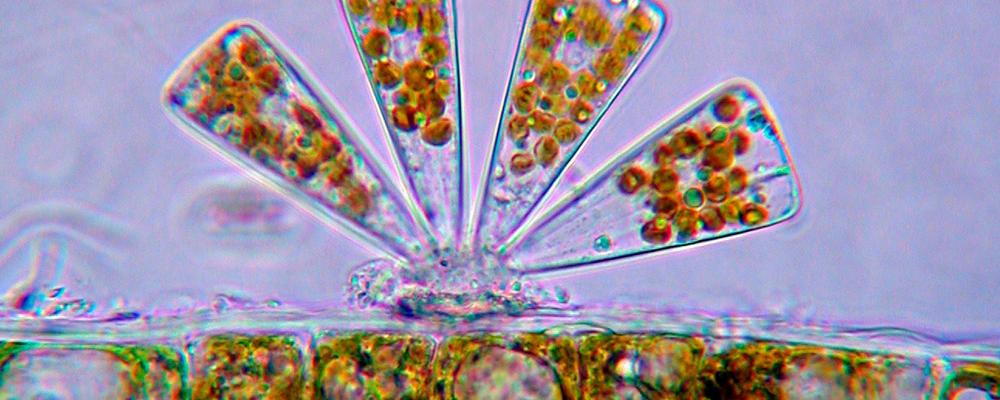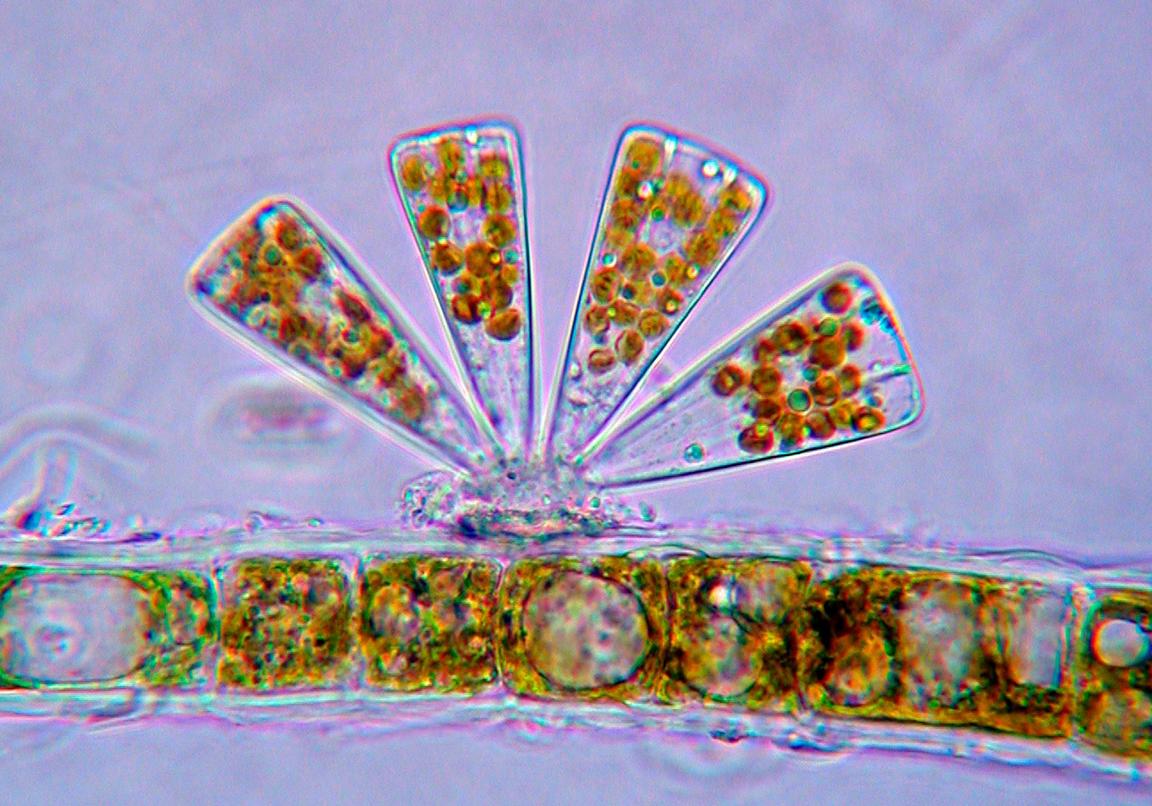
CLOSER LOOK: Diatoms for energy
Diatoms are a diverse group of microalgae that make up a large part of the microscopic biomass found in oceans and lakes. Photosynthesis by diatoms accounts for most of the oxygen production in our oceans.

Diatoms use chemical bonds to efficiently absorb and convert energy from the Sun. But could diatoms, with their unique properties such as efficient photosynthesis and their nanoporous silicon shells, become a climate-smart energy source in the future? Researchers have long been interested in utilising the many traits of diatoms for energy production. In laboratories today, we have already found ways to convert diatom-derived biomass and oil into biofuels, and to use their shells to enhance the efficiency of solar cells. There is also ongoing research on producing hydrogen and bioethanol from other types of microalgae. However, as with other new energy sources to replace fossil fuels, the challenge is cost-efficient cultivation and extraction on an industrial scale.
By: Linnéa Magnusson